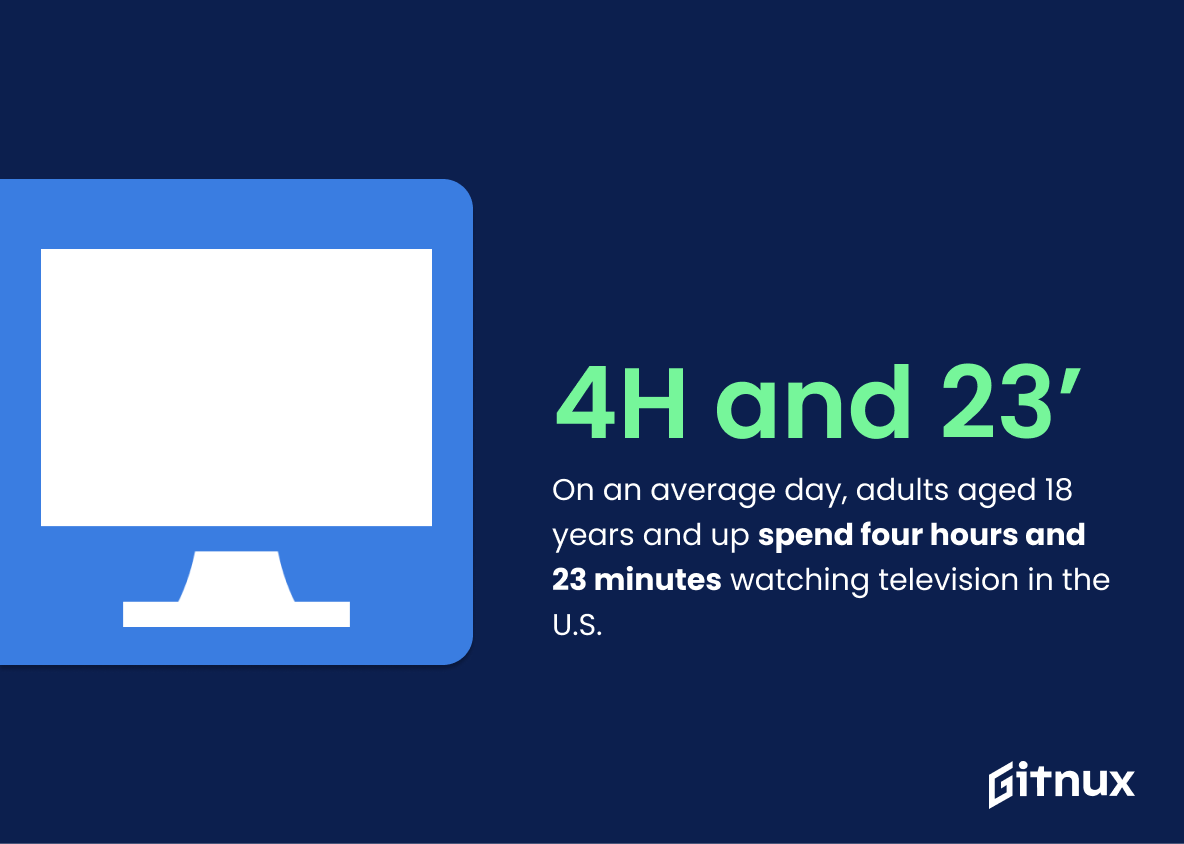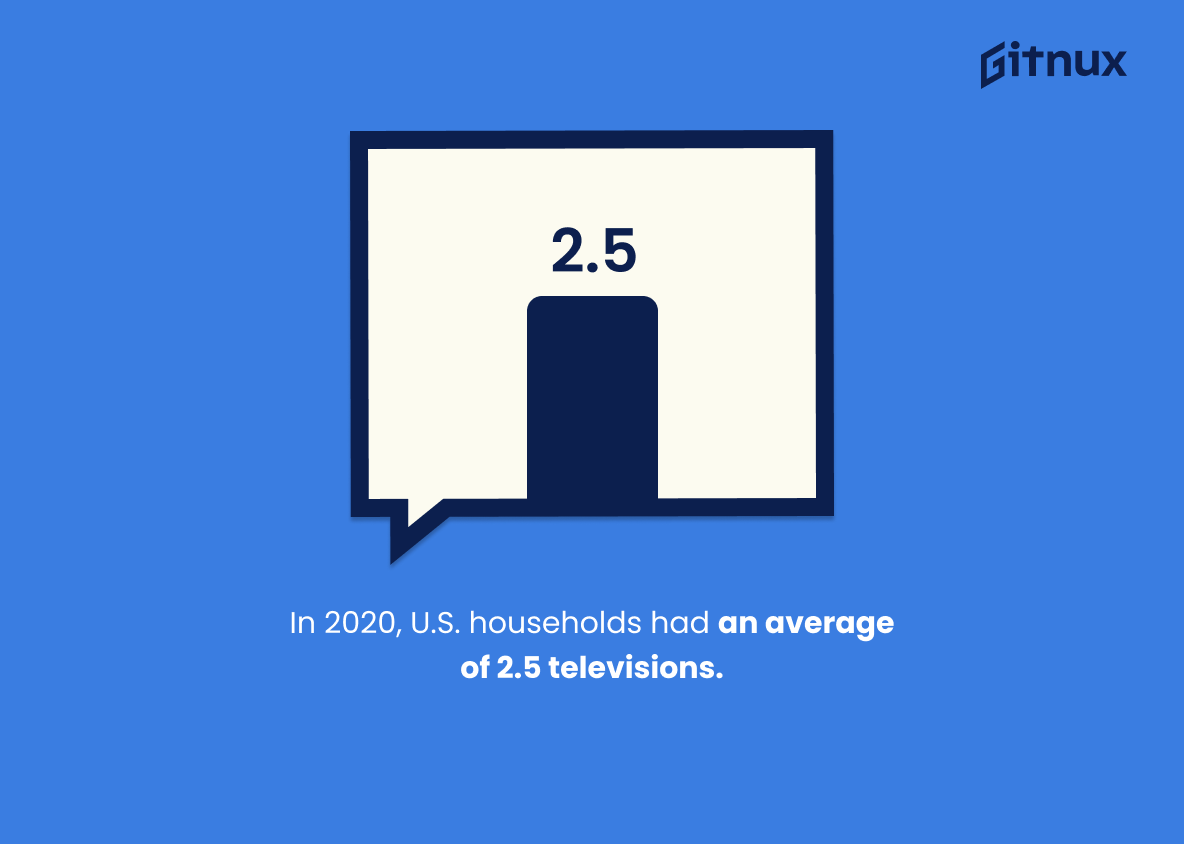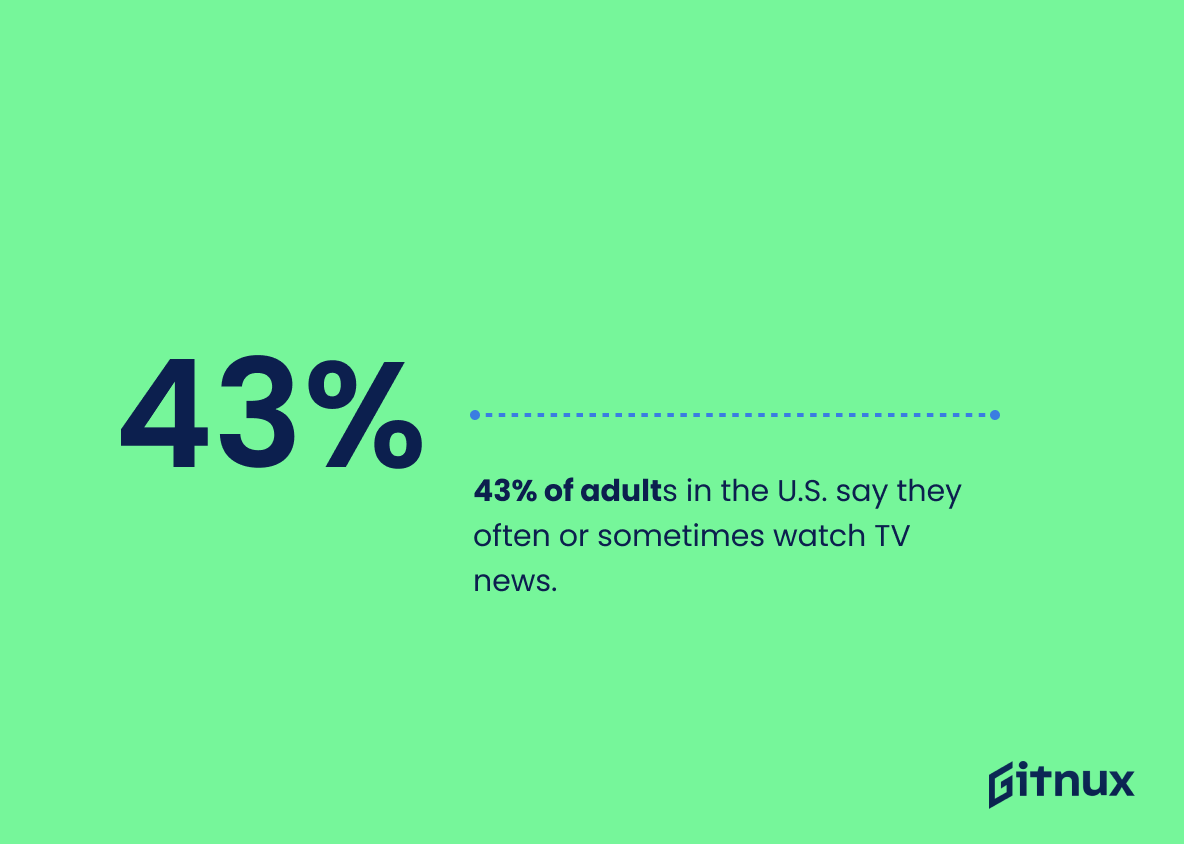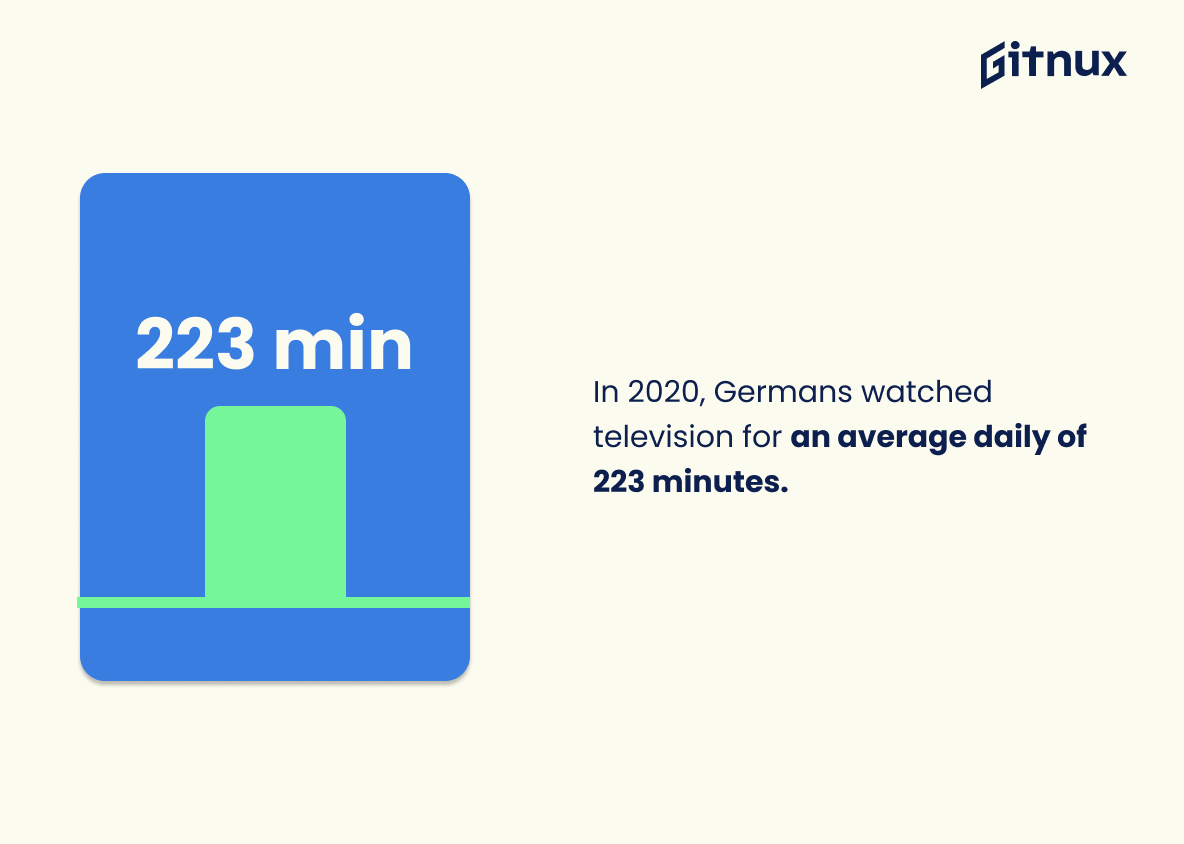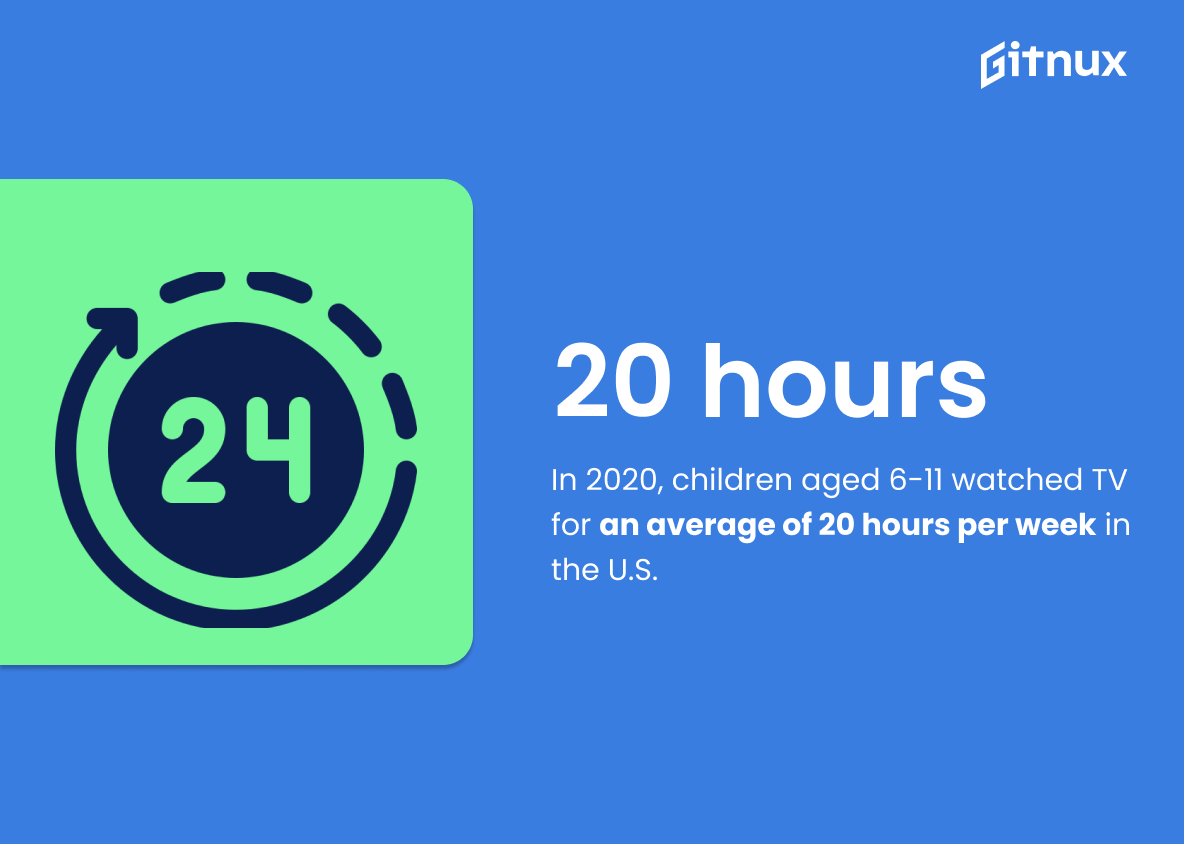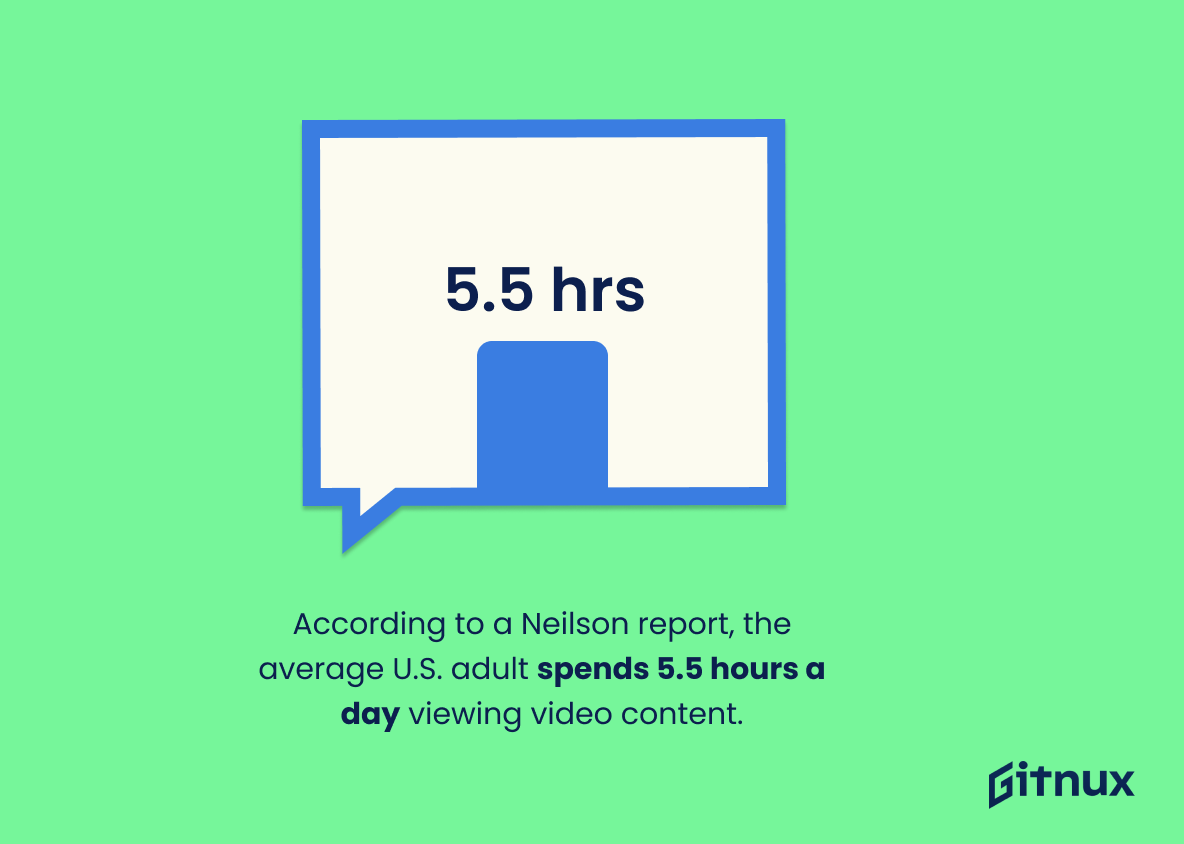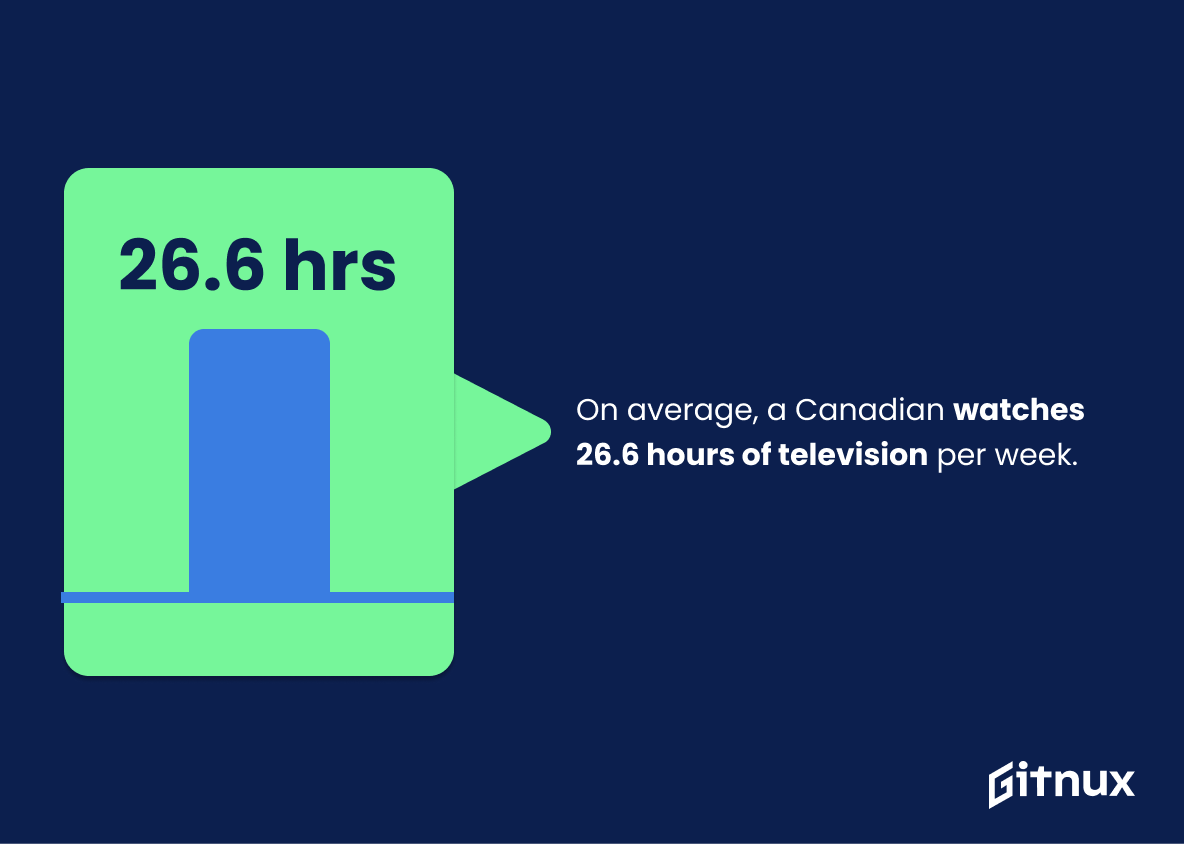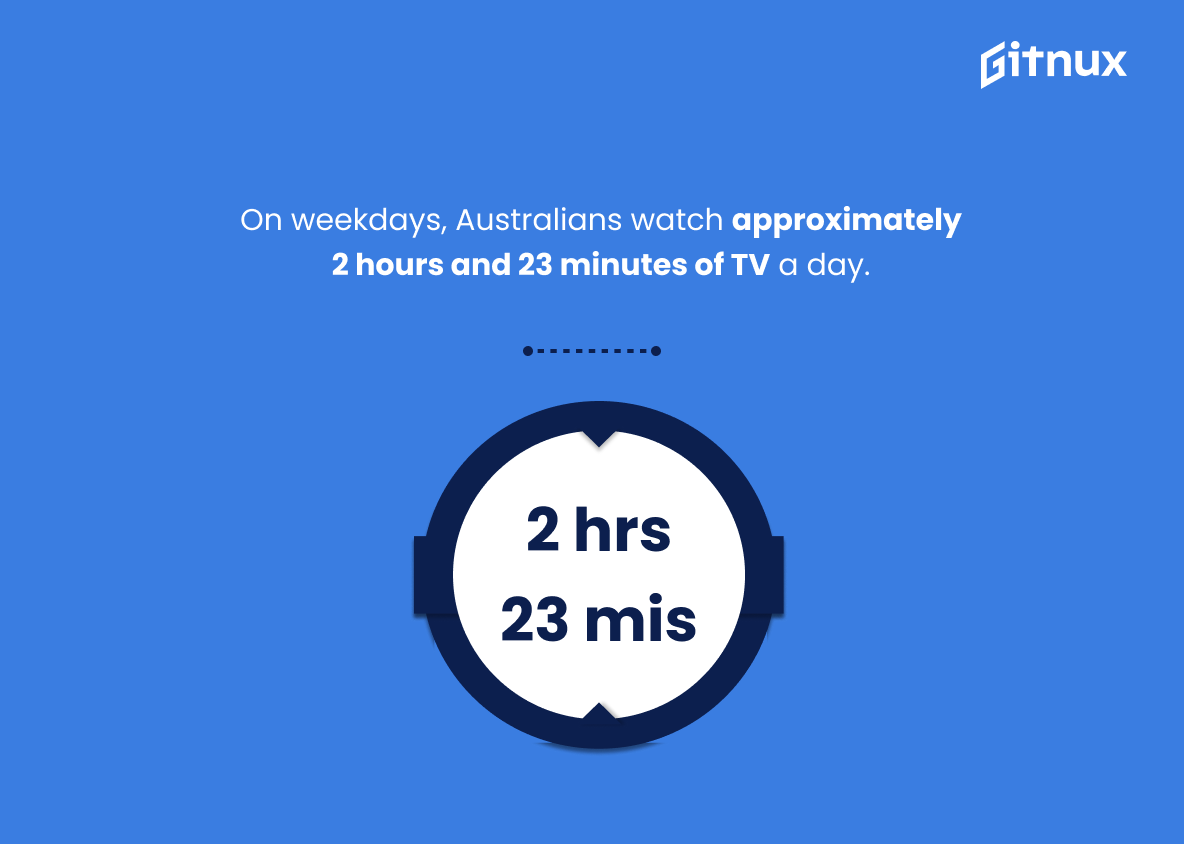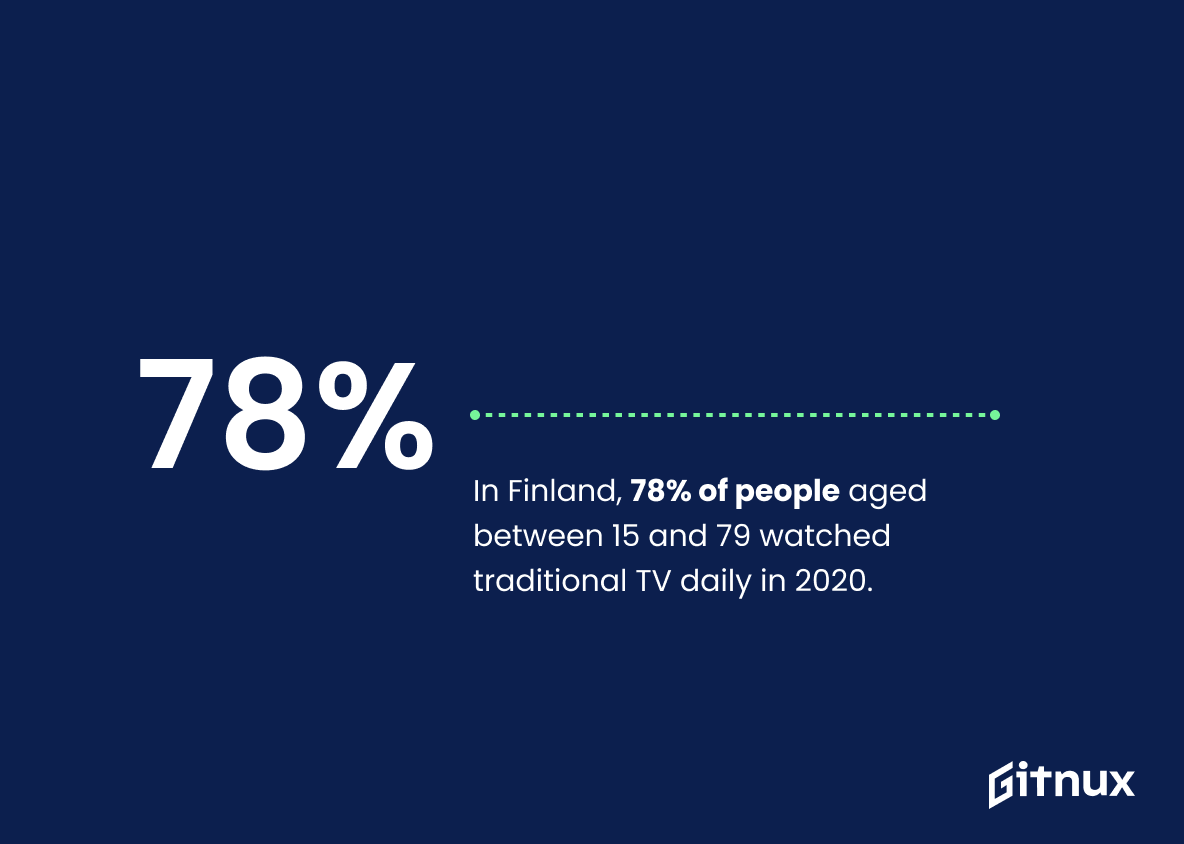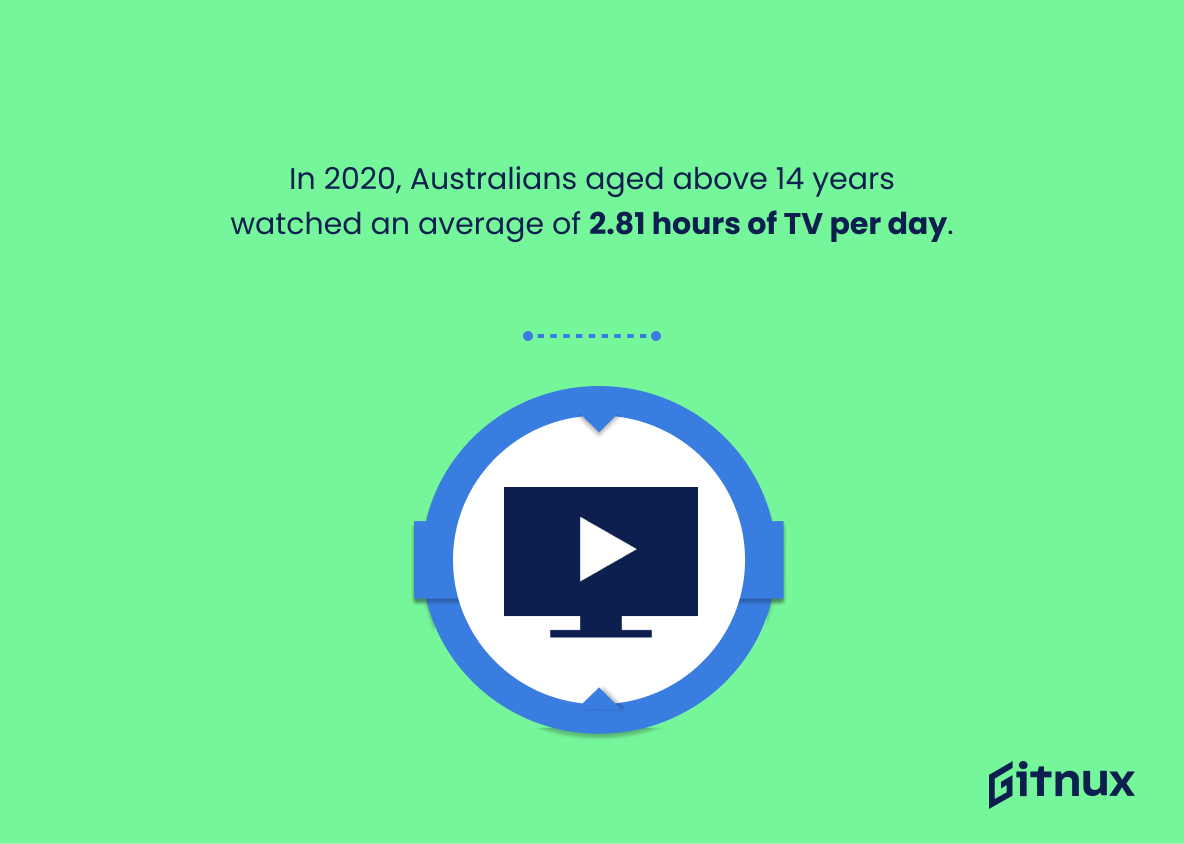In today’s tech-savvy, media-ridden world, television continues to hold a powerful sway over audiences worldwide. However, the way we consume TV content has dramatically evolved in the last few years. The advent of on-demand platforms, streaming services and innovative smart devices have reshaped our viewing habits and interactions with the small screen. This blog post delves into the current TV consumption statistics, providing an overview of the trends, consumer behaviors, and the ever-changing television landscape. From traditional broadcast TV to binge-watching Netflix shows, let’s decode what these numbers mean for viewers, content producers, and advertisers alike. Get ready for an enlightening deep dive into the captivating world of television consumption.
The Latest Tv Consumption Statistics Unveiled
On an average day, adults aged 18 years and up spend four hours and 23 minutes watching television in the U.S.
In the dynamic landscape of TV consumption, the statistic revealing that adults aged 18 years and up spend on average four hours and 23 minutes watching television daily in the U.S, delivers a potent message. Anchoring this blog post, this nugget of information frames our understanding of how integral television continues to be in the daily lives of American adults. It serves as a key indicator, illuminating the profound influence of television, potentially shaping societal norms, attitudes, and behaviors. Furthermore, it offers essential insights for advertisers, television networks, and content creators, allowing them to maximize their strategies by tapping into this extensive consumption time. Indeed, this statistic doesn’t merely shed light on viewership rates—it sketches the outline of a wider narrative encompassing societal trends, consumer behavior, and the continuing dominance of television as a prominent cultural medium.
In 2020, U.S. households had an average of 2.5 televisions.
Diving into this intriguing figure, we see that in 2020, U.S. households boasted an average of 2.5 televisions. This piece of data not only showcases the omnipresence of televisions in American homes, but also serves as a testament to the significant role that televisions play in the daily lives of individuals, catering to their diverse entertainment and informational needs. In the realm of TV Consumption Statistics, this statistic is a valuable gem, hinting at the potential for advertisers to reach viewers on multiple screens and shining light on the habit of simultaneous viewing in households. Moreover, it also potentially correlates with the rise of various mediums of TV consumption like cable, satellite or streaming services, each competing for screen time across these 2.5 televisions. Now, wouldn’t you wish to explore how this plays in the grand scheme of how, when, and where people watch TV? The journey gets more captivating as we uncover more.
43% of adults in the U.S. say they often or sometimes watch TV news.
Peering into the world of TV consumption, the fact that 43% of U.S. adults often or sometimes watch TV news presents an intriguing facet. It highlights the enduring relevance of television as a primary medium for news, despite concerns of a digital onslaught. This reveals that almost half of the adult population is still attuned to the traditional medium for their news updates, countering the narrative of the complete takeover by digital platforms. Demonstrably, this adds texture to the TV consumption landscape, stressing on the fluctuating dynamics between newer, digital formats and traditional television. Hence, in the composition of TV viewing statistics, this paints a rounded viewpoint, aiding an understanding not just about viewer numbers but, importantly, how they are choosing to consume their content too.
In 2020, Germans watched television for an average daily of 223 minutes.
Stepping into the vibrant landscape of television consumption, it’s intriguing to place the spotlight on Germany in the year 2020 where, remarkably, the average daily television viewing stretched to an astounding 223 minutes. This striking enumeration is far more than just splashy data; it unwraps a rich narrative about changing dynamics in entertainment behavior. It subtly whispers about the profound relation between the population and television, clearly illustrating Germans’ tendency towards screen-based leisure. In our digital exploration of TV consumption statistics, this figure raises several engrossing discussions, such as influences perhaps molded by cultural preferences, socio-economic factors, or unique circumstances like the global pandemic. Thus, the number 223 holds the key to understanding Germany’s entertainment pulse during that year, offering valuable insights for advertisers, broadcasters, and anyone seeking to decipher global entertainment trends.
The average time spent watching TV daily by adults in the UK was 3 hours 22 minutes in 2020.
The pulsating heart of our discourse on TV Consumption Statistics illuminates the astounding fact that UK adults spent an average of 3 hours and 22 minutes each day in 2020, absorbed in television programming. This nugget of insight, aside from being a raw indicator of TV consumption, embodies a broader societal narrative. It provides a window into the habits and preferences of our population, hinting at the significance of television as a media source despite the rise of digital alternatives. More scintillating, however, is the potential reflection of the changes 2020 brought to our lives – the pivot towards home-based entertainment, as imposed by the global pandemic. It is this touchstone statistic, then, that enables us to piece together a cogent picture of the dynamic space that is TV consumption.
In 2020, children aged 6-11 watched TV for an average of 20 hours per week in the U.S.
Unveiling the screen-time saga, the spotlight falls on the noteworthy figure: children aged 6-11 in the U.S, on average, have been glued to their television screens for 20 hours a week in 2020. This valuable piece of information brings to life an interesting, yet crucial, facet of our discussion about TV consumption patterns.
This data accentuates the magnitude of TV’s role in the lives of the younger demographic, starring as a main character of sorts, occupying a large section of their day. It propels the narrative forward, stimulating a broader conversation about potential influences, whether positive or negative, on these young minds.
Furthermore, these numbers add a tangible component to the TV consumption landscape – setting a baseline for comparison, allowing us to discern evolving patterns, while also acting as a yardstick against which the impact of digital evolution on traditional TV viewing habits can be measured.
Hence, this fact feeds the blog post’s aim to map out TV consumption habits, particularly in children and could open a pathway for further investigation into the interplay between leisure activities, academic performance, and overall well-being of the younger generation. Without this key statistic, our TV consumption statistics would be, so to speak, like a story missing a pivotal plot point.
According to a Neilson report, the average U.S. adult spends 5.5 hours a day viewing video content.
The statistic from the Neilson report, painting a portrait of an average U.S. adult devoting a significant 5.5 hours daily to viewing video content, forms the backbone of our understanding of the TV consumption landscape. From the perspective of a blog post on TV Consumption Statistics, this golden nugget of information isn’t merely an empty digit. It’s a prism through which we can see societal habits, consuming patterns, and the unyielding gravitation towards video content.
The measured 5.5 hours illuminates the extent to which television and other forms of video content have become deeply interwoven into our daily lives, underscoring its role as a primary source of entertainment, information, and even company. Moreover, these figures aid advertisers, marketers, and content producers in shaping strategies to cater to the consumption patterns and preferences of this vast audience, offering a tangible metric against which the effectiveness of their efforts can be gauged.
Bringing it back home, this compelling statistics gives our discussions surrounding TV consumption added depth, vibrancy, and relevance, broadening our exploration into the shifts in the media landscape, the impact of technological leaps like streaming services, and the evolving patterns of viewer engagement.
Nearly 90% of Swedes between 9 and 79 years old watch traditional television every week.
In the realm of TV Consumption Statistics, there’s an intriguing trend that emerges from the Swedish population. A staggering 90% of individuals, from the tender age of 9 up to the ripe age of 79, are loyal viewers of traditional television on a weekly basis. This data nugget provides a valuable insight into the consumption habits of the diverse age demographics in Sweden. It further underscores the enduring appeal and significance of traditional TV in an era largely dominated by digital platforms and on-demand streaming services. Moreover, it could influence strategic decisions of broadcasters and advertisers by showcasing Sweden as a strong market for traditional television. Not to mention, it can serve as an affinity-builder for blog readers who share a similar interest in television.
On average, a Canadian watches 26.6 hours of television per week.
Diving into the heart of the matter, one cannot help but notice the striking number – 26.6, denoting the average number of hours a Canadian dedicates to television each week. Serving as a testament of the influence and power of the medium, this statistical detail opens a window into the usage pattern, viewer engagement, and the thriving cultural trend in Canada. Within a blog post about TV Consumption Statistics, this becomes an intriguing cornerstone, laying out the pervasive role of television consumption in everyday life. Imagine, a viewer giving away almost two waking days to the screen each week. Such a revelation sets the baseline for an in-depth analysis, helping us discern the shifts in consumption trends, the effectiveness of TV-oriented advertising strategies, and the overall behavioural impacts on a populace that is so deeply tethered to the television.
On weekdays, Australians watch approximately 2 hours and 23 minutes of TV a day.
Understanding the daily viewing habits of Australians gives an invaluable spotlight on the pivotal role television continues to play in the lives of many, despite the rise of digital platforms. This figure serves as a measuring thermometer for media companies to gauge engagement and potential markets. By knowing the time Australians dedicate to daily television viewing, they can strategically tailor programming, advertising efforts, and even plans for introducing new services. This exemplifies a quintessential depiction of Australia’s TV consumption, providing perspective on a cultural staple. In light of this, it also underpins essential guidance for those interested in culture-related research, policy making, and leisure studies. It’s more than a simple statistic, it’s a glimpse into the day-to-day life of an average Australian.
French people between 15 and 34 years old watch TV for an average of 1 hour and 12 minutes daily.
In the labyrinth of TV consumption statistics, our compass points towards an intriguing revelation. The data waves a magnifying glass over the viewing habits of French individuals aged 15 to 34, throwing light on their average daily dosage of TV – a surprisingly moderate 1 hour and 12 minutes. This nugget of information is the lifeblood of our discussion; not only does it spotlight the habits of a pivotal demographic, it also sets the stage for comparisons with other age groups or nationalities. Is less TV time a reflection of France’s youth increasingly turning digital, or is it a statement on French cultural trends? This single data point, like the mysterious Mona Lisa, offers many intriguing interpretations that could shape our understanding of TV consumption trends.
In South Africa, the average time spent watching TV per day in 2020 was 3 hours and 17 minutes.
Shedding light on TV consumption trends, this nugget of information intertwines with our unfolding narrative on a global scale. Observing that South Africans invested an average of 3 hours and 17 minutes each day in 2020 for their TV dating, provides a benchmark for gauging the pervasiveness of TV viewing habits in the country. This integral data point allows us to delve into the intricacies of viewing patterns, preferences, and shifts over time. Furthermore, it could shake the domains of advertising strategies, content creation and broadcasting decisions, hence stirring a larger conversation about correlation and dependence between TV consumption and the entertainment industry’s evolution.
In Finland, 78% of people aged between 15 and 79 watched traditional TV daily in 2020.
Delving into the realms of TV consumption habits, the Finnish scenario weaves an intriguing yarn. Picture 2020 – a pivotal year where changing patterns in entertainment consumption were more apparent. Amidst this backdrop, an overwhelming 78% of individuals aged 15 to 79 in Finland were found engaging daily with traditional TV. This numerical nugget is not just a mere statistic, but a clear indicator of the enduring power of traditional TV even in the age of digital transformation.
In a blog dissecting TV consumption patterns, this fact serves as a robust testament to corroborate the permeating influence of traditional TV. Despite the burgeoning popularity of streaming giants, the Finn’s loyalty to traditional TV undeniably underscores its continued relevance. This compelling Finnish narrative, in essence, enthuses us to steer the conversation towards the intriguing dynamics shared between conventional and emerging digital platforms in global TV consumption trends.
South Korean adults aged 60 or higher watch TV for more than 7 hours a day.
Highlighting the viewing habits of South Korean adults aged 60 or higher provides an intriguing perspective in a blog post about TV Consumption Statistics. It underscores the key role that television continues to play in the daily lives of older generations, particularly in South Korea. Even in an era where digital media consumption is skyrocketing, this statistic reveals a considerable portion of viewing time is still linked to traditional television. Furthermore, it points towards potential market segments where TV-oriented advertising, products or services may still have a significant impact. Lastly, it can trigger further discourse around the societal, health, or cultural implications of such extensive TV consumption among seniors.
In 2020, Australians aged above 14 years watched an average of 2.81 hours of TV per day.
Bathing in the azure glow of the “idiot box” is not idleness but a way of life. The statistical snapshot from 2020 uncovers that Aussies, those who’ve crossed the 14-year age threshold, were glued to their sets for nearly 2.81 hours each day. This fact offers a splendid insight in the blog post about TV consumption, delivering a vivid picture of the hold that television commands over the everyday life of an average Australian, shaping opinions, preferences, and routines. This captivating set of digits nudge us to reflect, analyze, and dive deeper into certain facets such as content quality, viewer engagement, time spent, or even the societal norms and structures it reflects. Furthermore, it sets a platform to understand the demographics of viewers; their age, their choices, crafting more focused marketing strategies for both content creators and advertisers.
Conclusion
Ultimately, the ever-evolving landscape of television consumption illustrates a notable shift in viewer habits. Our dependency on traditional TV is dwindling as online streaming services rise in popularity, particularly among younger demographics. However, television is far from being obsolete, with genres like live sports and news still drawing significant viewerships. The key is for broadcasters, advertisers, and content creators to monitor these trending TV consumption statistics keenly and adapt their strategies to cater to the evolving preferences of audiences. In this digital age, success belongs to those who stay versatile, embrace technological advancements, and meet viewers where they are.
References
0. – https://www.www.bls.gov
1. – https://www.www.statista.com
2. – https://www.www.forbes.com
3. – https://www.www.nielsenkorea.co.kr
4. – https://www.www.cmhc-schl.gc.ca
5. – https://www.www.acma.gov.au
6. – https://www.www.journalism.org
7. – https://www.www.broadbandtvnews.com
8. – https://www.www.oztam.com.au
9. – https://www.www.mediametrie.fr
